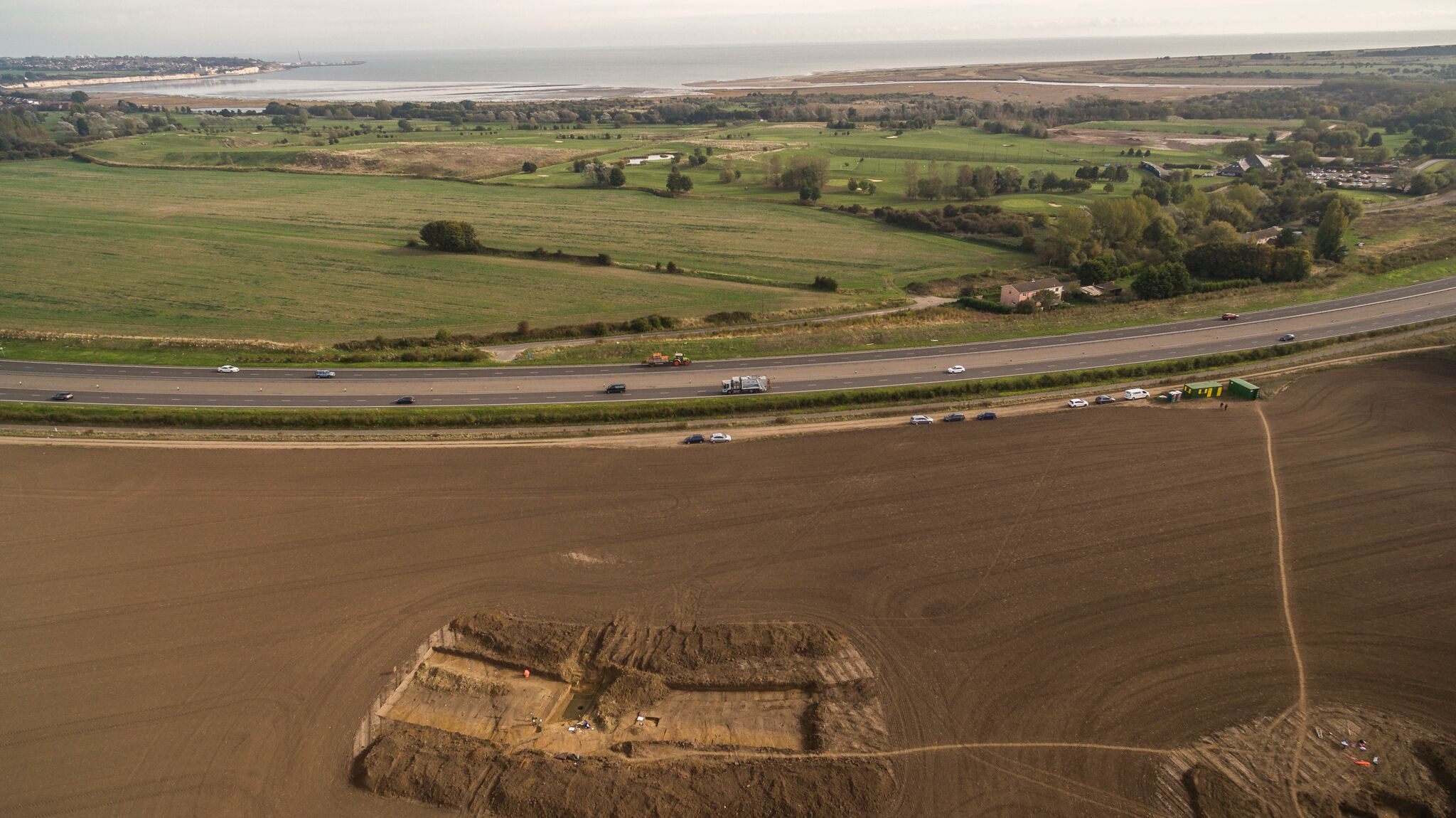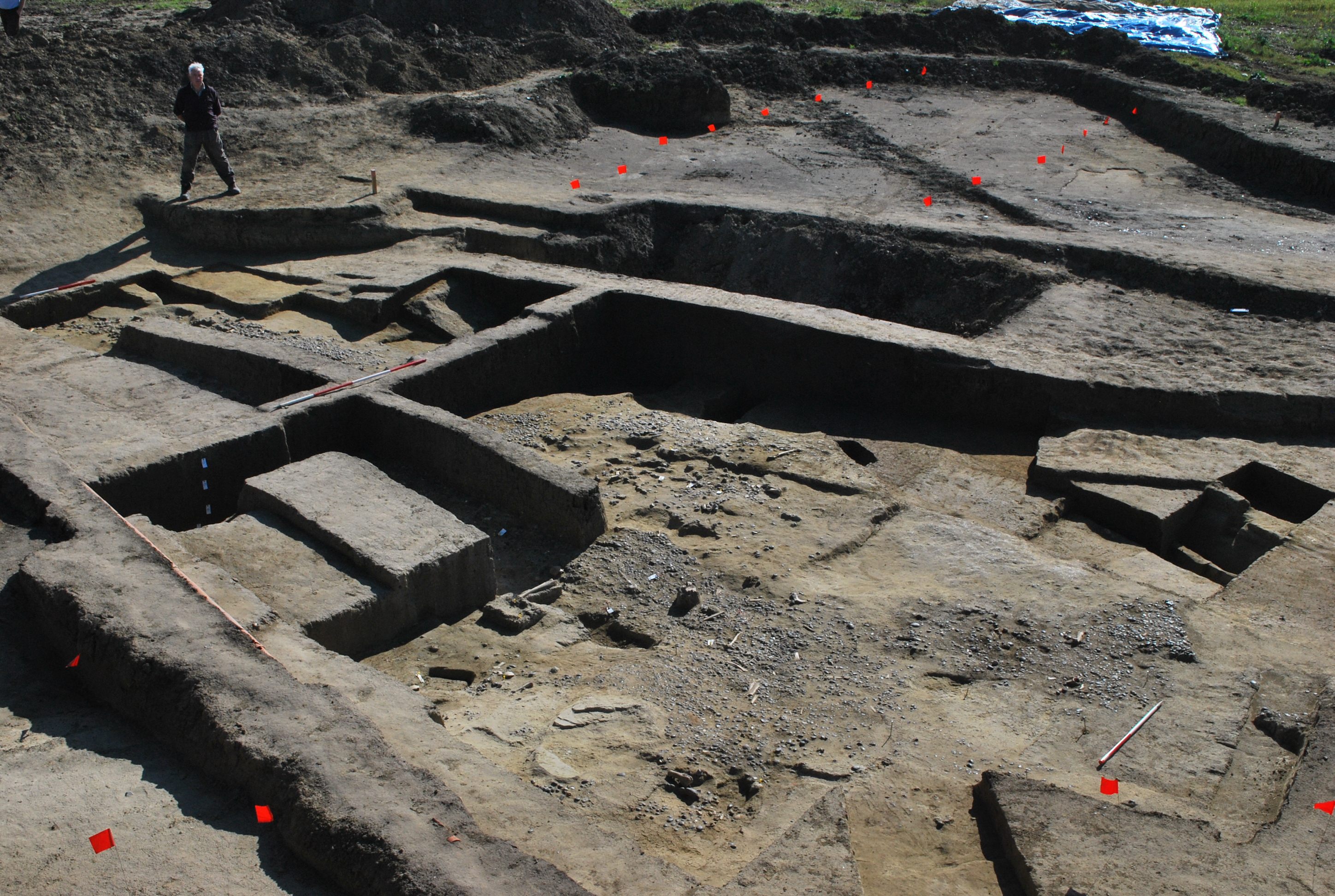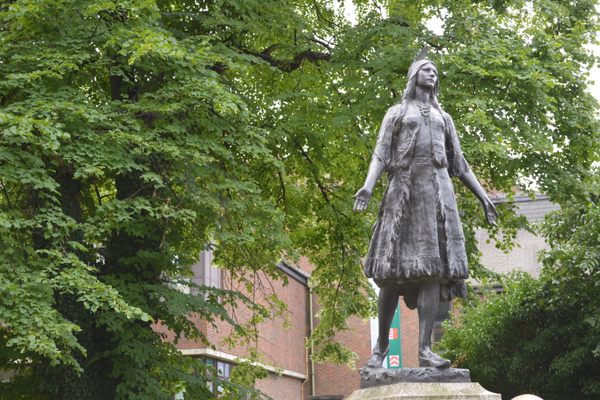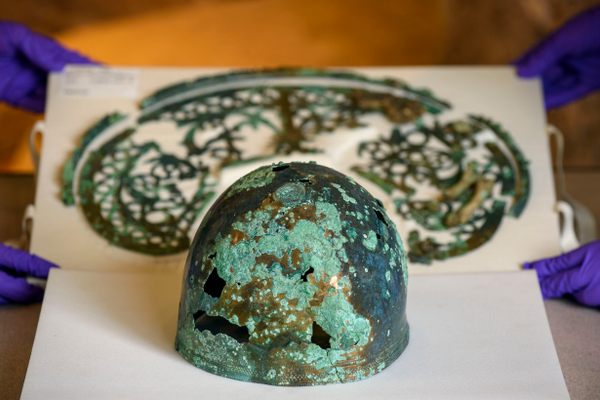Found: The Site Where Julius Caesar May Have Landed in Britain
Is this Rome’s first beachhead in the Isles?

When archaeologist Andrew Fitzpatrick and his team from the University of Leicester started to unearth a defensive ditch—uncovered during roadwork on the Isle of Thanet (not actually an island any more), in northeast Kent, England—they were puzzled.” The ditch was not like any other dating from the same period. Ditches from the first century B.C. were usually built on hills, but this one was just few meters above sea level,” Fitzpatrick says.
Soon he realized that the style of the ditch, located near the town of Ebbsfleet, is similar to ones found across the English Channel, in France. “It looked a lot like fortifications built by the Romans in Gaulic France, especially like the Alésia defense,” he continues.
Alésia is where the Roman army, led by Julius Caesar, overtook the Gauls in 52 B.C. This led Fitzpatrick to wonder if the Ebbsfleet ditch could be related to the the time, a few years later, when Caesar first established a beachhead on the Kentish coast. “I said to myself, ‘Okay, this may well be the base of Julius Caesar.’”


The results of geophysical surveys and topographical assessments have strengthened Fitzpatrick’s belief that the newfound ditch was part of the conqueror’s base camp. At least three clues from the topography of the site—its visibility from the sea, the existence of a large open bay, and the presence of higher ground nearby—are consistent with Caesar’s own descriptions of the landing, according to the team’s press release.
“Sailing from somewhere between Boulogne and Calais [in modern France], Caesar says that at sunrise they saw Britain far away on the left-hand side. As they set sail opposite the Cliffs of Dover, Caesar can only be describing the white chalk cliffs around Ramsgate [a town a few miles north of the ditch], which were being illuminated by the rising sun,” Fitzpatrick says.
Further evidence was gathered from nearby hillforts that may have been attacked by Caesar, and objects, such as pottery sherds and iron weapons of Roman fabrication, unearthed at the site that are consistent with the 54 B.C. arrival date. “I am now confident that it’s here that Caesar landed in 54 B.C.,” Fitzpatrick says.

The next step, he adds, will be to examine some of the objects found at the site to understand if a battle took place there between the landing Romans and local tribes. “We found human bones belonging to two or three people and they show cut marks made by weapons. We now need to perform radiocarbon dating to see if they date back to when the camp was built.”
























Follow us on Twitter to get the latest on the world's hidden wonders.
Like us on Facebook to get the latest on the world's hidden wonders.
Follow us on Twitter Like us on Facebook